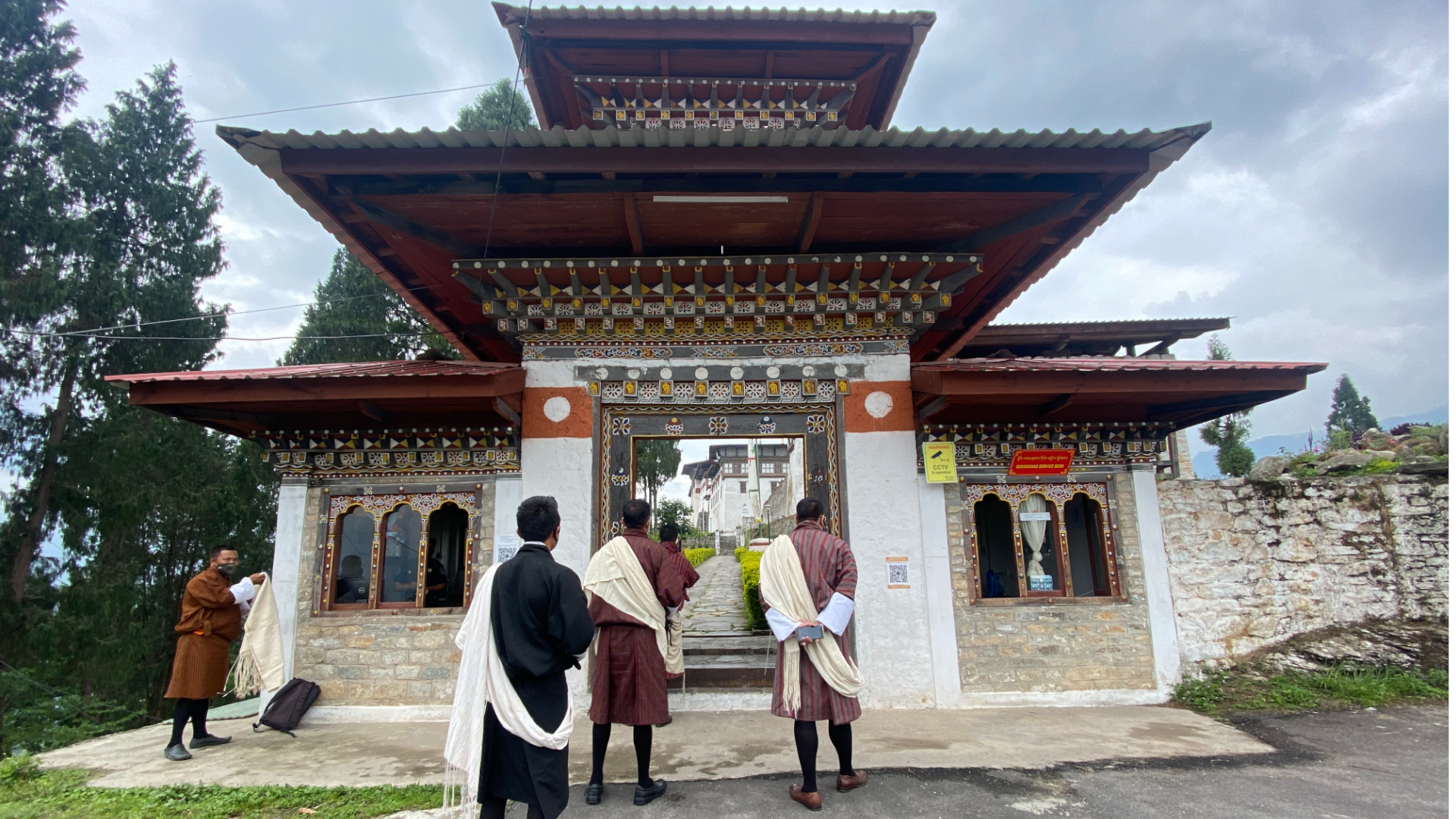Dagana
Dagana is one of the least visited districts in Bhutan. Untouched and original it has not yet drowned in the cosmopolitan lifestyle. Though it was open for tourism since a few years back, Dagana never got tourist. This was due to lack of infrastructures and unawareness.
Recently the Tourism Council of Bhutan and the district officials have been putting up a lot of effort to promote Dagana as a tourist destination in Bhutan.
80% of the district still under forest cover with trees like Champ, Augury, Chirpine and Sal. The district is located below the Valleys of Thimphu and Wangdue and stretches all way down to the southern border. The dzongkhag got its name from the historic “Daga Trashiyangtse Dzong” established in 1651 by Zhabdrung Ngawang Namgyel. All the administrations are still managed from this historic landmark. Agriculture is the main source of livelihood for the inhabitants of the Dzongkhag. Two of the main crops cultivated in the region are oranges and rice.
The inhabitants of this dzongkhag mainly consist of two ethnic groups, the Ngalops and the Lhotshampas. In recent years people from other parts of the country have also migrated to Dagana due to marriage, business, jobs etc. This has added to the cultural diversity of the region with the introduction of new festivals and traditions in the dzongkhag.
Dagana dzongkhag features a lot of unique stone megaliths, sacred rock formations known as “dham” in Lhotsham, temples, monasteries and a lot of Nature and culture.
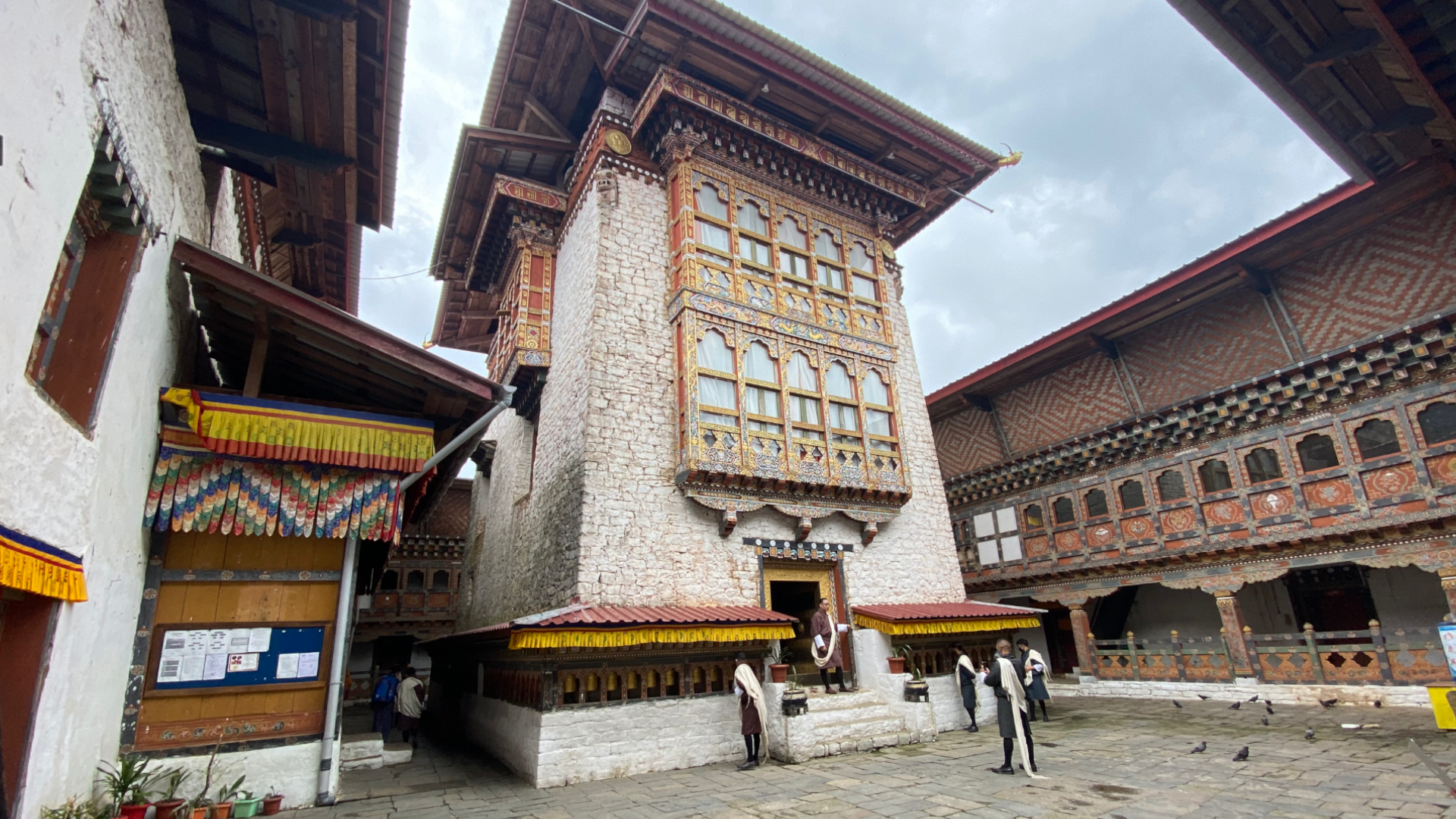
Lho Darkar Trashiyangtse Dzong
(Dagana Dzong)
This Dzong was built in 1651 under the command of Zhabdrung Ngawang Namgyal. Tenpa Thinley was appointed as the first Daga Penlop. The Dzong got its name because it falls to the south (Lho) of Punakh. It is located at the base of Dakarla and also falls under the guardian deity of Dakarla Jomo Dakarmo (Dakar). It came under central govt and all the good traits flourished ( Trashi). has all the enriching presence of the South (Yangtse). Named by Zhabdrung Rinpoche.
The Dagala Thousand Lakes Trek
(Dagana Trek I)
The trek is known as thousand lakes trek since Dagala is believed to be mountain goddess who overlooks the lakes besides having numerous lakes which are not yet discovered. This is a 5-days trek. This leads to a large number of beautiful high altitude lakes. This trek is easy though there are some long steep climbs. The highest point is 4300 Meters. This trek starts from Khoma (near Thimphu) and ends in Simtokha, Thimphu.Trek offers highly enriching experiences of seeing highlands, flora, fauna and lakes along the trekking trails.
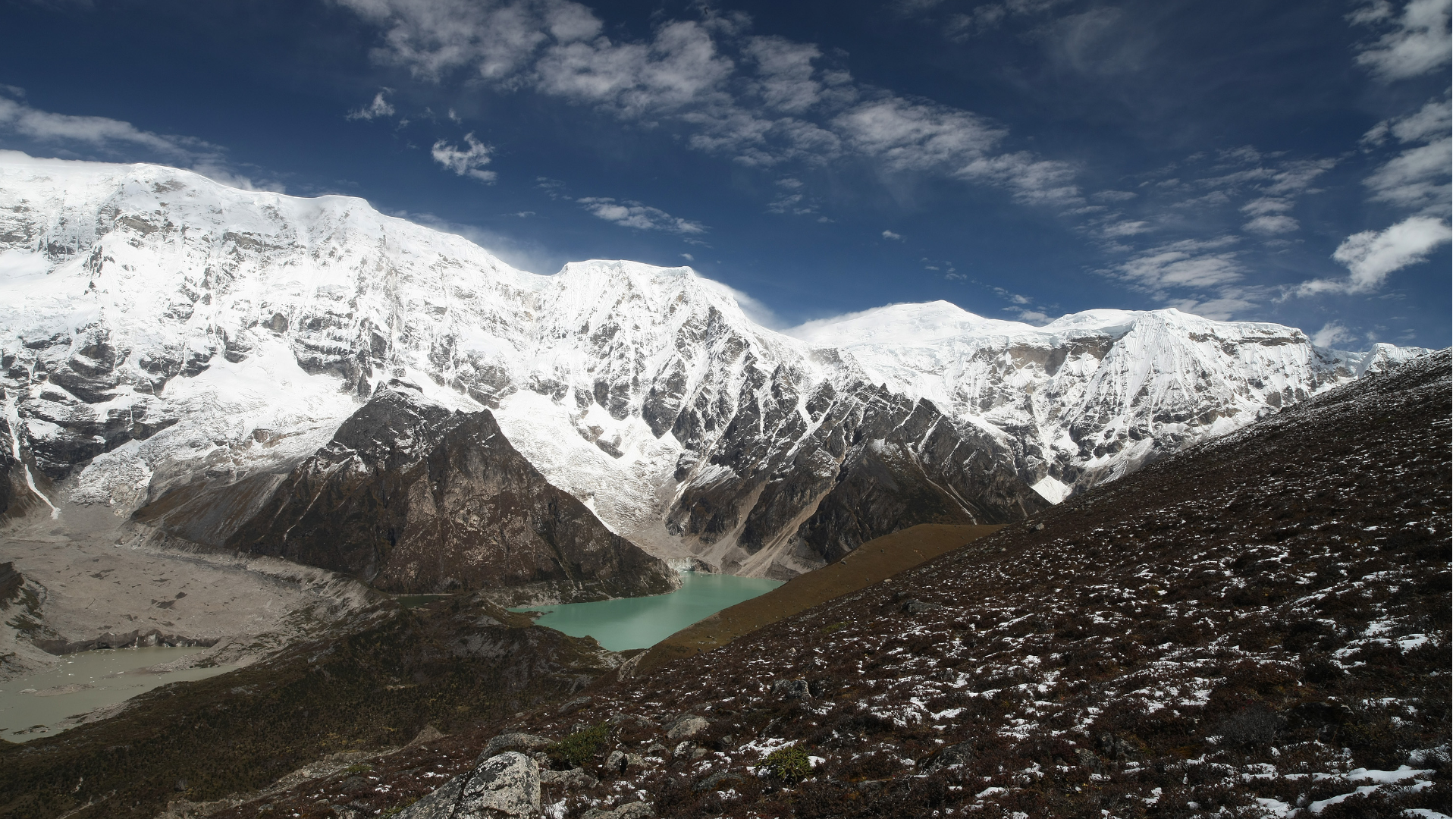
The Trail of Legendary Romance (Dagana trek II)
This is an ancient route Joining Thimphu with Dagana. It is a 6 Days walk with the upcoming new alternative route from Khejo since kunga campsite has been washed away by landslide.
Dho Dungchen Menchhu, Dagana
This is a sacred place of great ritual horn/trumpet and medicinal water. Located about 15 mins. Walk from housing colony. Trumpet has flown away towards Dekiling lhakhang at Nindukha and later it was taken to Chizhi Goenpa at Genekha by Chizhi Lama. Holy water is said to cure all kinds of diseases. Hearing and seeing the trumpet blow , merits can be earned and bad karma purified.
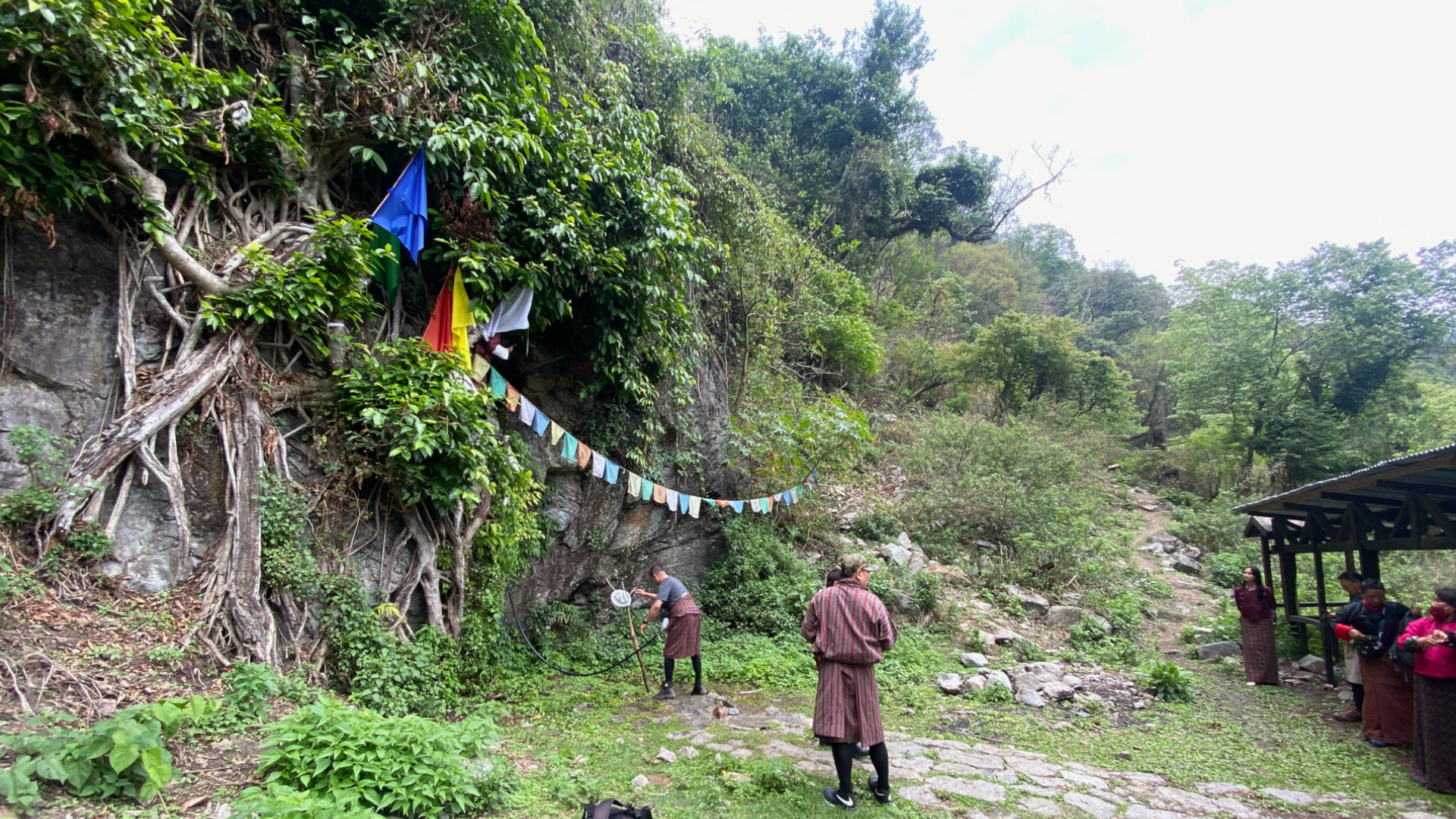
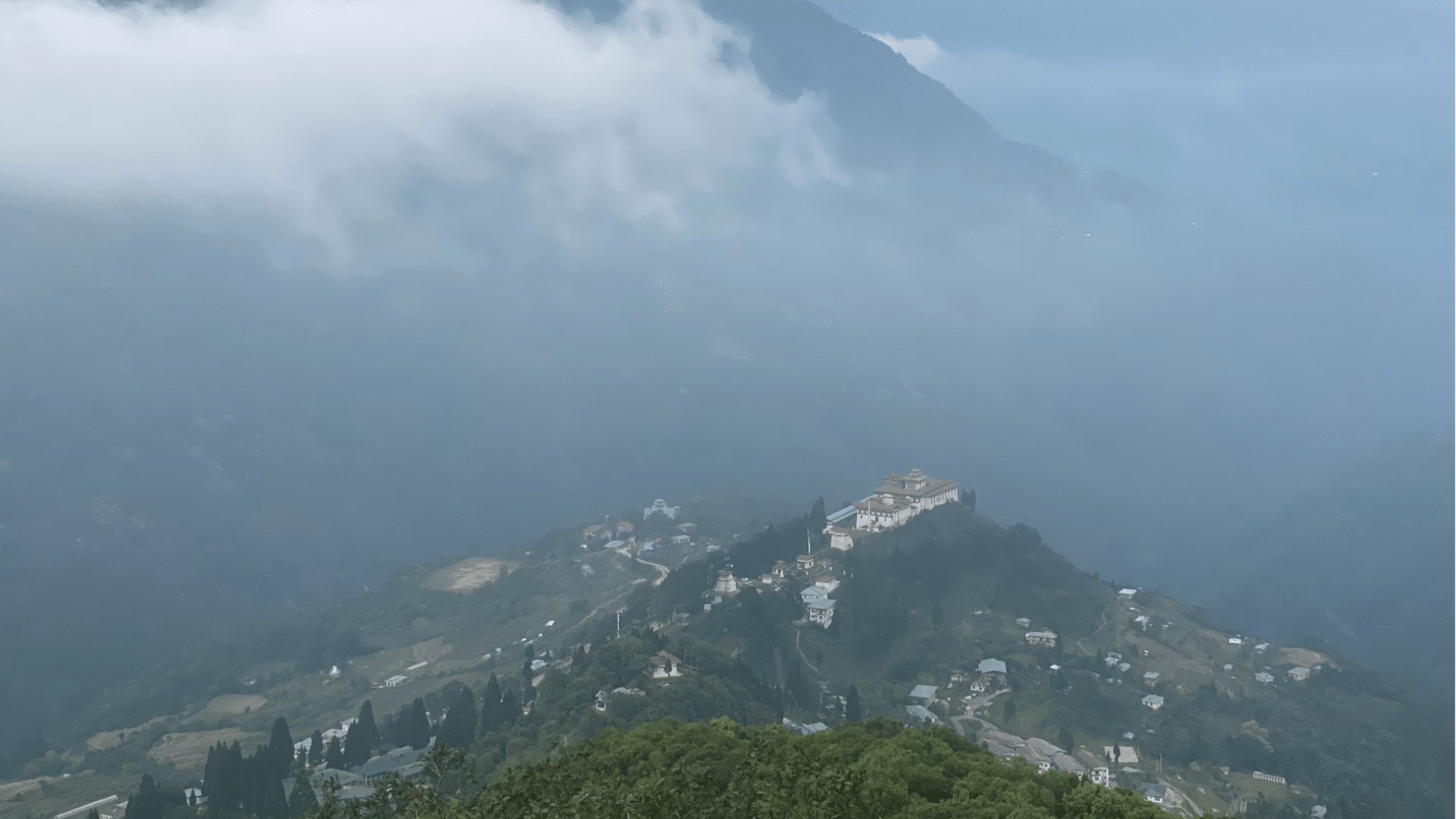
Shathong Goenpa, Dagana
History has it that the Goenpa was initially built by Drupthop Shawa Rinpa. Drupthop saw 2 Stags/Shaau taking dip in the cool lake located at Kalizhikha from the hilltop while meditating but lake has disappeared since long time ago. Gradually name Shaauthong Gonpa changed into Shathong goenpa. However, this unique episode of mask dance Shaau Gangley is performed annually during Daga Tshechu.
Dho Dunkar, Dagana
It is believed that around seven conch-shells flew from Chochepang from where Lam Ngawang Samten discovered one of the treasures. It is also believed that if a married couple/ family cannot raise a child, the child could be entrusted to that sacred place and named Dungchen if it is a male and Dungchenmo if it is female; with this act the family gets blessed to raise the children. One of the treasures is inside the dzong as nangten.
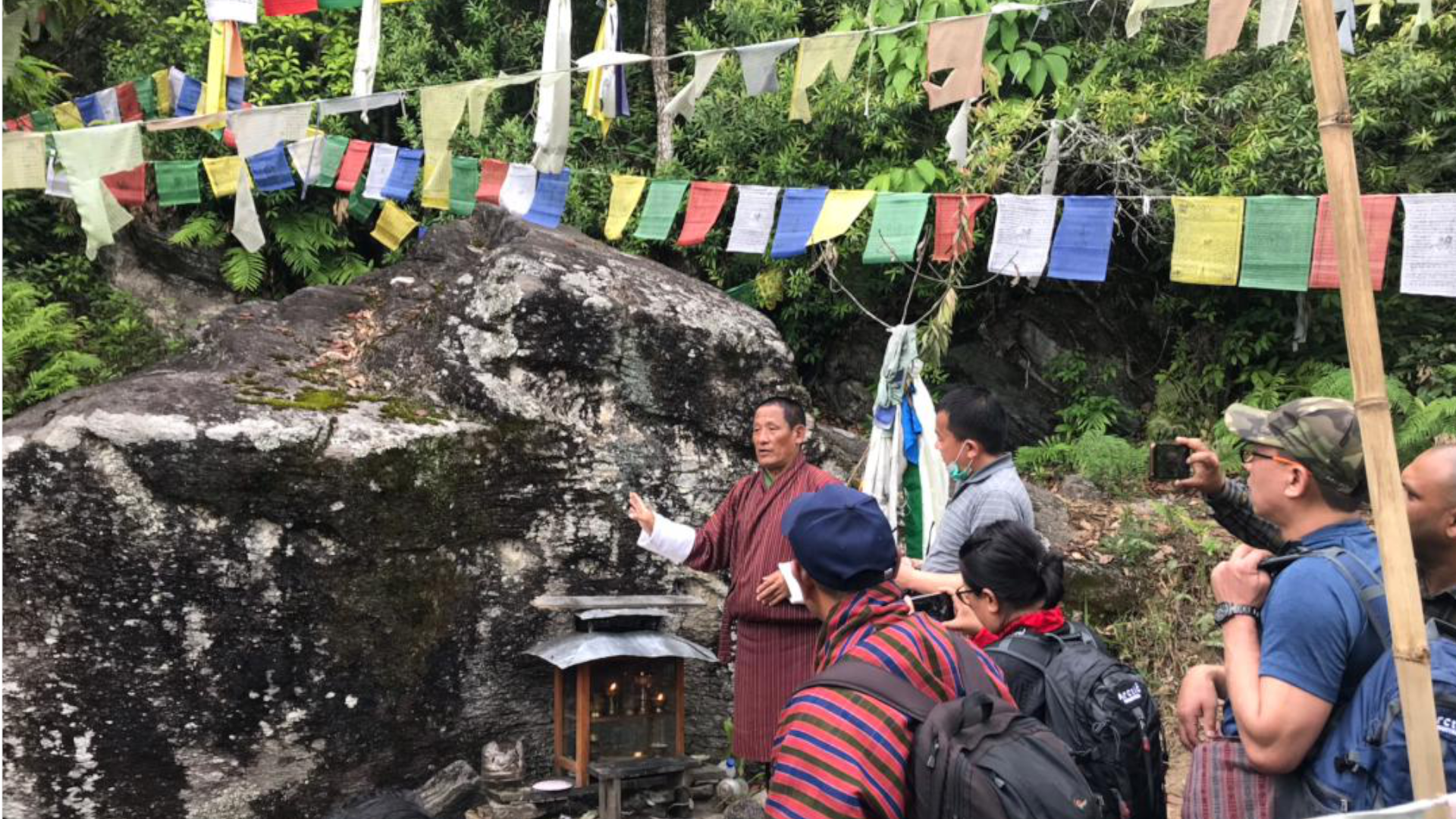
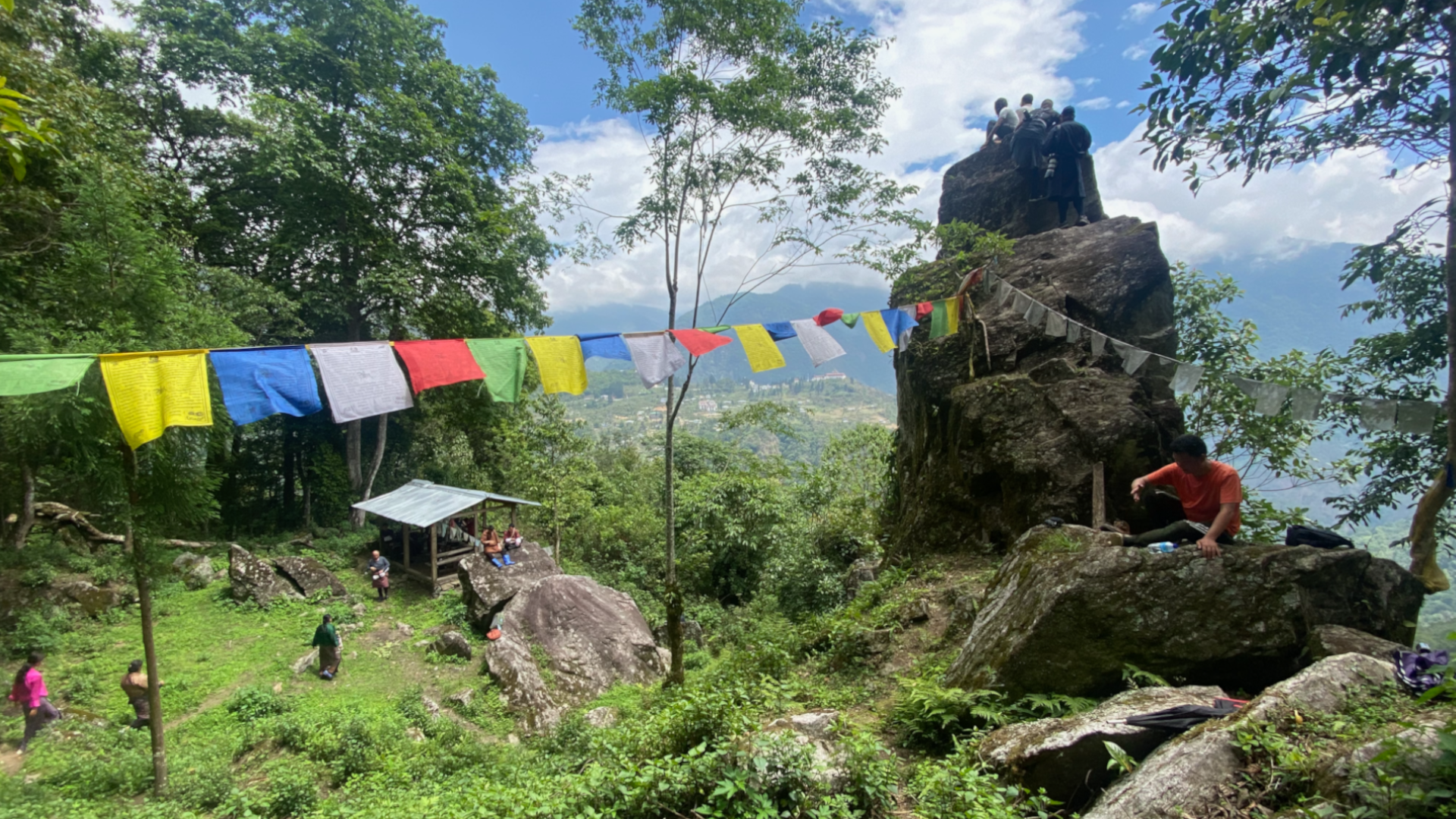
Dho Namkhai Kaw (Sky Pillar Rock)
It is believed that Dho Nam gi Kaw is believed to have thousand Buddhas as the main relic. Hence, it is said, it is indifferent of Vajraseat (Dorji-dhen) in India. Oral history says, the stone has flown from India and when it reached the current place, the other stones and plants bowed down as a mark of respect Moreover, on the stone ,there is a foot print of a Khandom/Dakini. Dho Nam gi Kaw is around 20 meters high. The stone is facing east towards Dakar Dzong. People say , fortunate people can hear religious sound from the stone. Dho Nam gi Kaw is around one hour walk from Dekiling Goenpa towards the north.
Who Rangthang & Hew
The millstone is 10 minutes towards the south of Dekiling Lhakhang. People say, in the olden times , a demon of the region used to grind people and feast on them. On the lower side of the mill, there is a drain from which blood flowed down when people were grinded. It is believed that when Guru Rinpoche was chasing a mermaid to subjugate, he ascertained that there is a demon in the region that harmed the beings in the region that harmed the beings in the region. So he went there and subjugated the demon. After that, he rolled down the millstone. While performing the act of rolling the mill, he left a print of his finger and a right footprint on the lead of the mill. The right finger and a right footprint is on the lead of the mill. The right footprint is located on the left side of the cliff when he was taking support while rolling down the hill.
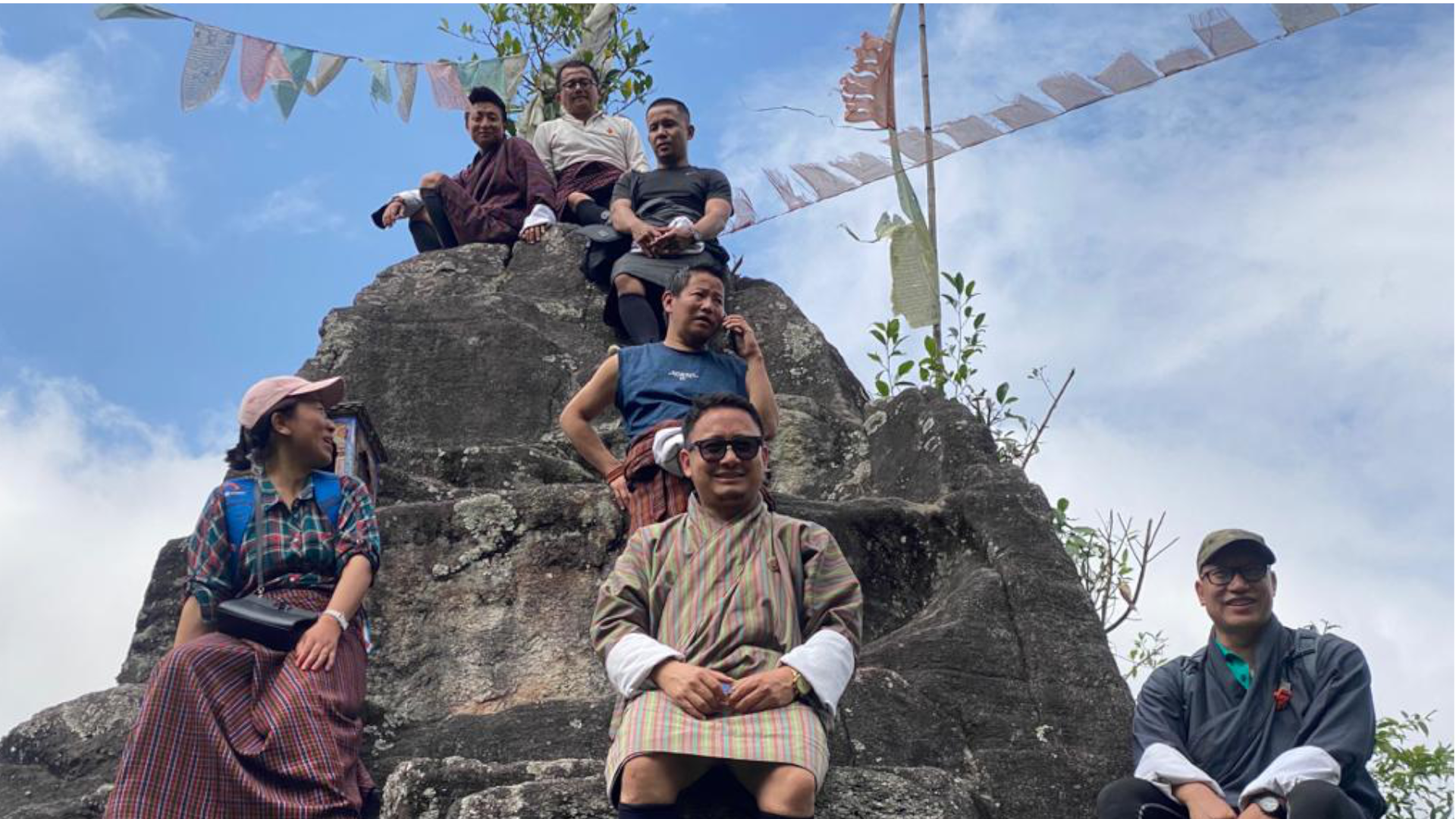
Dho Kepai Goenthey
(The Rock of Ancient Steps)
There is a huge stone called the Dokepai Goenthey. The stone is a self-arisen step. It is believed that the stone will sink down towards the land of Nagas when the time for the fabulous period of this eon is to end. People say, if one climbs up the stone, one will be cleansed off the defilements and proceed towards paradise or the heaven. The sacred monument is located at a distance of around 15 minutes from Tanaji Village.
Birth Place of Zhabdrung Sungtruel
(Speech Reincarnation)
The first speech incarnation of Zhabdrung was born to Yeshi Tenzin and Kuenga Gyelmoin Dhukho in 178. Before his birth, it is said that his mother heard the six syllable prayer while circumambulating the stupa, later the stupa is also named as Mani Tshawa. At the age of six he could, he could speak about his past life as Zhabdrung and was enthroned as the true incarnate of Zhabdrung. While he was learning basic dzongkha alphabet from Ngawang Jamtsho, he refused to pronounce the letter nga- the fourth alphabet of dzongkha. When he questioned about his reluctance to utter nga, he would reply “I am Ngawang Namgyal, and Sonam Pelgi Bukhri and Tenpai Nima are my parents. Zhabdrung entered nirvana at the age of 29 on the 21st day of the 4th month in the Bhutanese calendar.
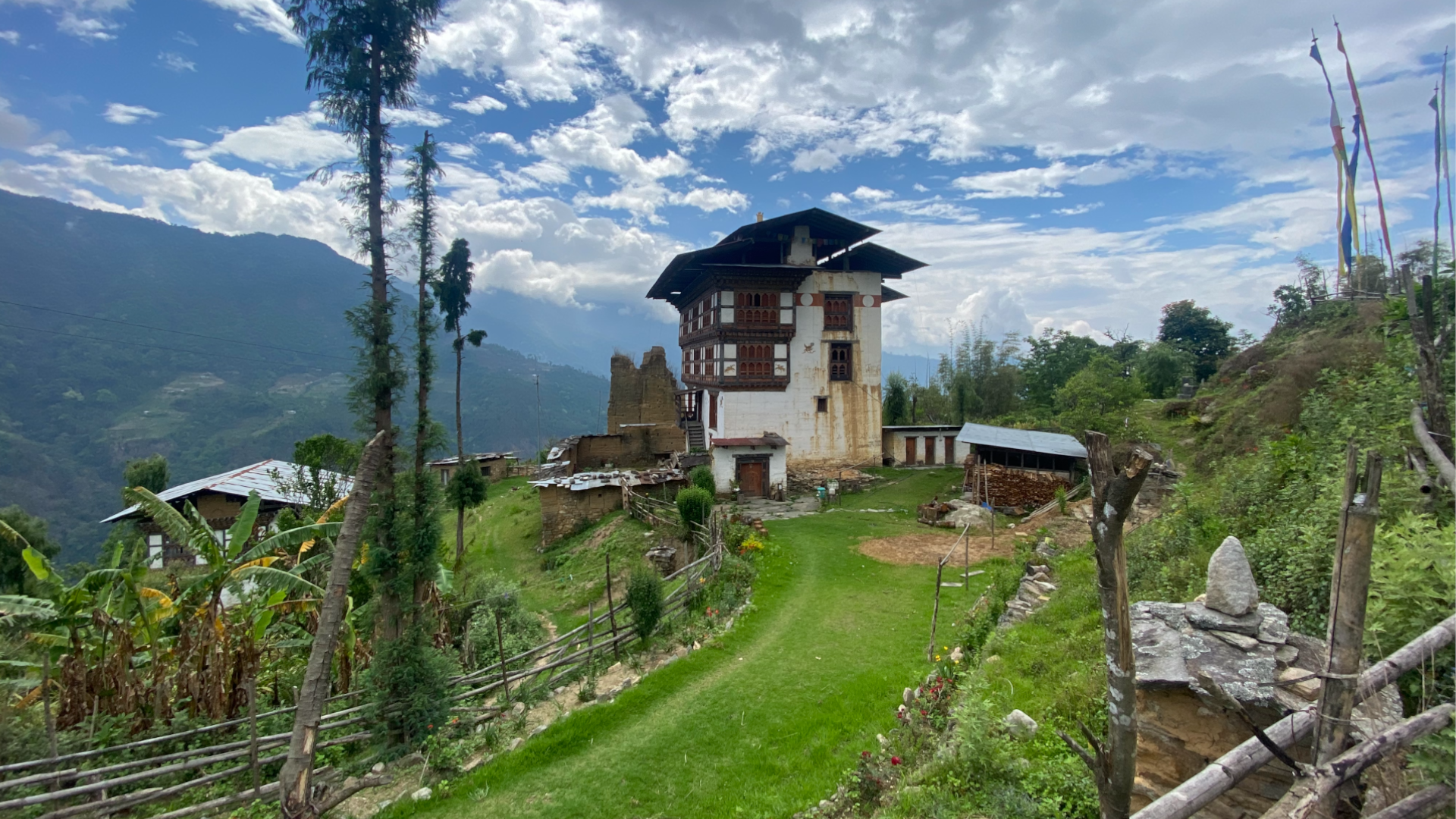
Tha Namkhai Dzong (The Frontier Sky Fortress)
Tha Namkhai Dzong is believed to be Guru Rinpoche’s sacred place. It is believed that when Guru was flying from The Namkhai Dzong to Tsirang, the key to his sacred place fell into the lake. there he prophesied that in future a destined person will be able to discover the treasure. The version of his prophecy goes as follows:
There is a treasure under the stone frog,
And turquoise in Tajilung,
The keys to these are in the lake.
A beautiful bell could be seen hanging down from the The Namkhai Dzong. From the other side of the river , the clapper of the bell can be clearly seen in the shape of peepal leaf. People claim that the sound of the bell can be heard, when the wind oscillates the clapper. However sometimes, even when the clapper oscillates people cannot hear the sound of the bell.
Ranga Ney (The Holy Place of Ranga)
Ranga Ney got its name because of its location. This sacred place is located at Ranga under Tashiding Gewog. However local call it as Maha Dev Dham, which is believed to be Lord Shiva’s sacred place.
We have drive around 23 km from Dagapela town till Deuralli and then hike downhill for approximately 1 hour to visit Ranga Ney.
Wangchen Ney/ Ganjab Ney
This is yet another “Mahadev Dham” in Dagana and is located in Gangjab village of Gesarling Gewog. Local people say that this sacred place used to be taken care by a “Sadhu” whom the villagers called “Sadhu Bajay”, It is believed that the sadhu used to stay towards the west side of place. He was a real devout of the place and also has planted orange trees as offerings to the cave. He would allow people to pluck oranges to offer to the Dham but not for consumption. During the time of Sadhu Bajay, people from as far as Thimphu and Paro would come to visit the place.
Inside the ney there is a place which can hold more than 1000 people underground. In the surface of the cave , there are two entries one in the east and other in the west.
There are al lots of inscriptions and labels like murals, alphabet or paintings on the wall and the entrance of the “Ney”. However, it is not certain of what they represent.
Tree Grown from Walking Stick.
Nagtshang at Gangkha in Khilpisa Gewog is said to be built by Zhabdrung jigme Chogyal. Infront of the Lhakhang, there is an evergreen tree believed to have grown from Zhabdrung Jigme Chhogyal’s walking stick. the villagers say that the tree is very unique because when it shed leaves from one side the other side still remains evergreen and this tree is not found anywhere in Dagana. it is also believed that the tree sheds leaves when it gets contaminated (with filth of death or birth). Beneath the tree is a flat stone which is said to be the place where Zhabdrung used to seat. The religious song called “Sham Sham Dolep” is said to have composed by Zhabdrung while sitting on this flat stone.
Lhamoi Lhatsho (Lake of Maha Kali)
The lake is around 3 hours walk from Lhamoizingkha Dungkhag headquarter. The lake was known as Kali khola (The lake of Kali) to the Hindu locals. This was later translated to Dzongkha. the lake is revered by the locals. Prayers and invocations are offered every year.
People believe that if they do not receive timely rain after planting their crops they invoke and pray to the lake which instantly blesses the villagers. However people are not allowed to used intoxicants like wine, blood, flesh offering which invoking the lake. They say the village experiences storms if they do so. Similarly if people fish from the lake, it is believed that the person is bound to get sick or even die.
Khaniwshree Ney
This holy place is located above Dorjiphu Village under Karmaling Gewog. It is revived and developed under Tourism Flagship program.
Bird Watching in Dagana
The Bird watching site is developed in Lhamoizhingkha under Tourism Flagship Program. Total of about 221 bird species are recorded by the Lhamoizingkha Dungkhag Forest Division.
Alongs with the birdwatching, a natural land lick land formation is also one of the attraction here.

